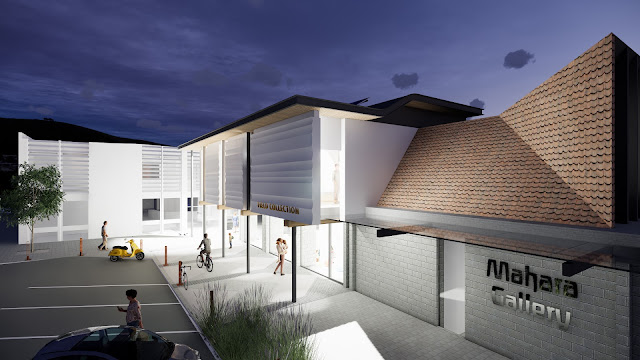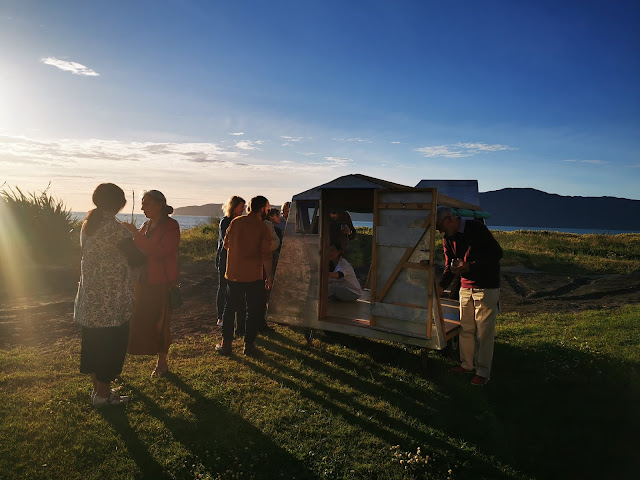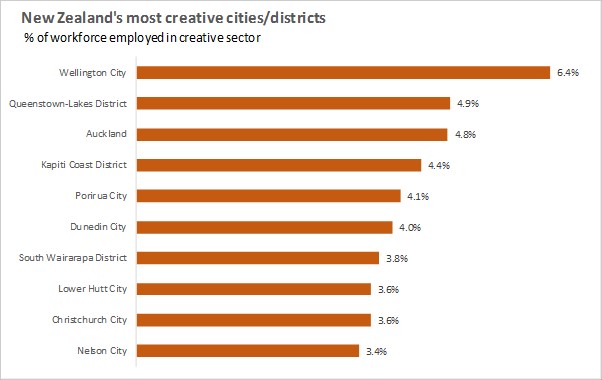More than 38 artists in latest Mahara Gallery exhibition

People are continuing to create during the Covid-19 cristis and that is not only a huge comfort to the wider population, but downright inspirational. Psychologists have noted that creativity increases during a crisis , as the usual psychological barriers that stop people from being creative, fade into the background. The act of creativity is thought to be a defence against feeling helpless. Creativity is also the glue that binds us together, as Mahara Gallery director, Janet Bayly, knows only too well. I caught up with Janet the old fashioned way - by telephone, as well as online, to catch up on Mahara's current exhibition and redevelopment plans. The proposed new-look Mahara Gallery. Tell us about the online exhibition re-framed//lockdown that Mahara has been working on. Is this a first for Mahara? The first Mahara solely online show was done 11 years ago. More than a Craze , photographs of New Zealand’s early digital games with Melanie Swalwell from Flinders Uni


